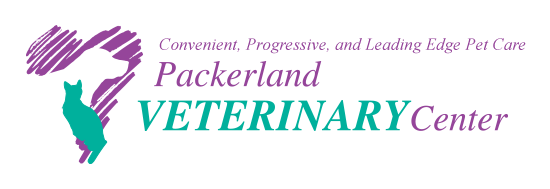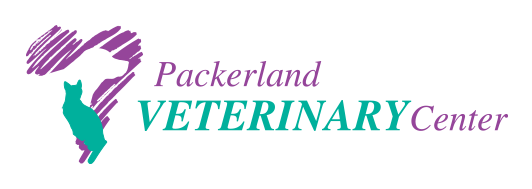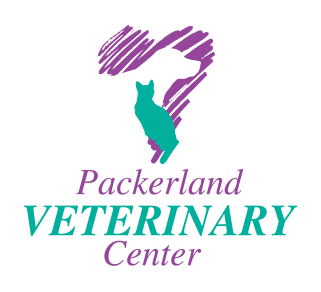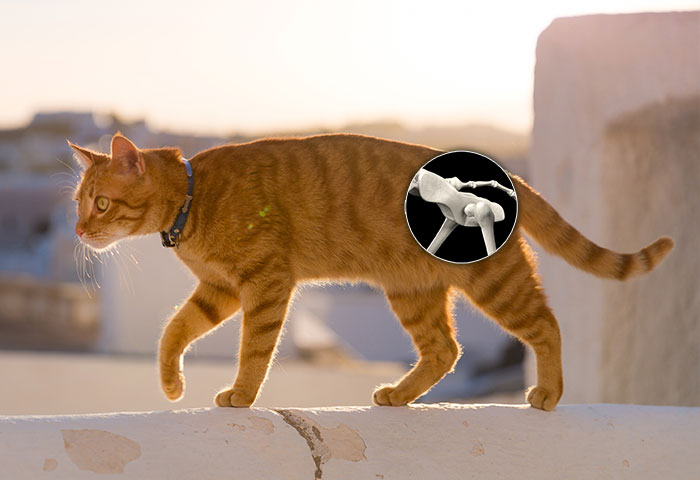


SERVICES
Feline Hip Injuries

Hip dysplasia is a disorder of the hip joints in pets. It is a condition that is progressive in nature and, if left untreated or undetected, can cause irreversible damage to the joints. Cat's hips are very similar in anatomy to ours in the sense that it is a ball and socket configuration. A diagnosis of hip dysplasia means that the fit of the ball within the socket is less than ideal. This poor fit allows instability or “slop” within the joint. The laxity present allows for excessive movement within the joint which creates inflammation, causes abnormal wear on the cartilage surface and creates arthritis.
Treatment for hip dysplasia falls under the general categories of medical and surgical options. Medical treatment of hip dysplasia is in an attempt to keep the patient comfortable. Medical therapy will not improve the joint looseness which is the cause of all the problems that develop, but rather will help decrease inflammation to hopefully allow the individual animal to cope with the existing instability. Weight loss, exercise moderation, pain medications, and cartilage and joint fluid building block products are all considerations for the medical patient. Stem Cell Therapy would also fall under a medical treatment of hip dysplasia. The injection of stem cells into a dysplastic joint does not address the conformation or laxity present, but will work to reduce inflammation and rebuild joint cartilage to make the pet more comfortable.
Surgical treatment for hip dysplasia is the only definitive method of influencing joint laxity and permanently removing the arthritic changes that develop subsequent to the inflammatory changes that occur. In cats, the most common procedure for this is an FHO.
Treatment options include:
Femoral Head Ostectomy (FHO)
FHO can be performed on pets of any age and with any severity of hip dysplasia or injury. The procedure involves removing the femoral head (ball), thus creating a 'false' joint made up of soft scar-like tissue separating the pelvis and femur bone with no remaining bony attachment. This procedure is a salvage procedure as it preserves limb function at the compromise of some physical abilities. The FHO provides better results in small and medium sized pets versus the larger or giant breeds and/or athletic pets. It is, however, an economical way to preserve use of the limb and decrease the pain associated with hip dysplasia.
Fracture Repair
At Packerland Veterinary Center, we are able to handle the simplest of broken bones, all the way through the most complex of fracture presentations. Dr. Dunbar's extensive training and orthopedic experience have given him the tools to provide the best care possible for fractures of all shapes and sizes.
There is no cookie cutter method to approach every patient with a broken bone. We have to be flexible in the methods that we have available to approach each individual situation. Some fractures may heal adequately with external support such as casting, while others require elaborate bone plate and screw repairs along with bone grafting techniques. The trick is to know what works with each fracture presentation, and to be able to perform the procedure in a manner that will give the patient the best recovery possible.
Stem Cell Therapy (SCT)
This procedure involves surgically harvesting fat tissue from your pet and then processing that tissue in house to remove the stem cells. The stem cells are then “activated” with our special equipment and later the same day we can inject the cells back into specific areas of the patient where needed. In the case of hip dysplasia, SCT does not change the laxity that is present, but those stem cells will help to reduce inflammation from the joint and rebuild the joint cartilage surface, making the pet more comfortable overall. Stem Cell Therapy has drastically improved the quality of life in many of our arthritic patients!
For more in-depth information about Stem Cell Therapy, click here.


